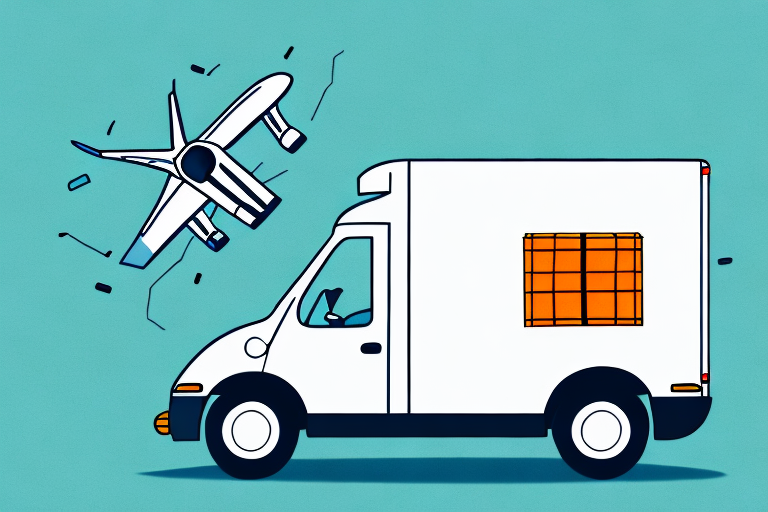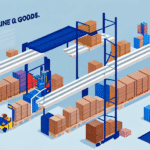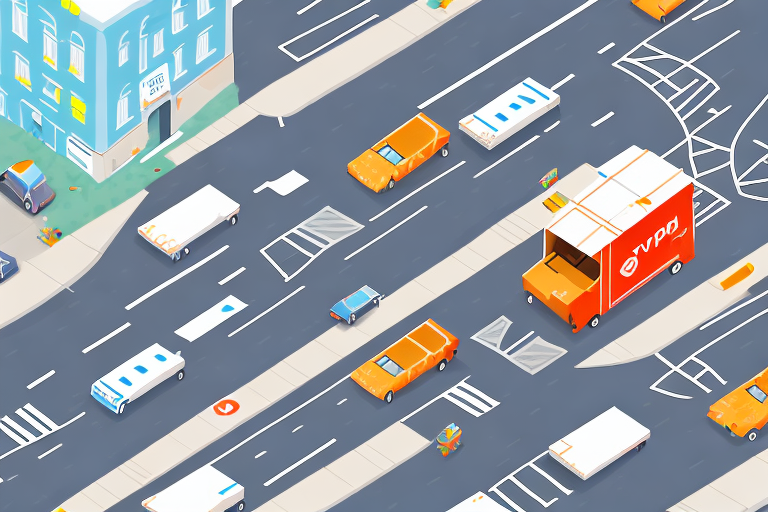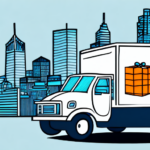Streamlining Delivery Processes
In today’s competitive market, optimizing your delivery processes is essential for maintaining efficiency and customer satisfaction. Streamlining these processes can lead to faster deliveries, reduced costs, and enhanced reliability.
Automating Key Tasks
Automation plays a crucial role in enhancing delivery efficiency. Implementing automated systems for sorting, labeling, and tracking packages can significantly reduce human error and speed up processing times. According to a Forbes Technology Council report, automation can improve package handling speed by up to 30%.
Optimizing Route Planning
Investing in advanced route planning software helps in creating the most efficient delivery routes, minimizing travel time and fuel consumption. Tools like Route4Me use real-time data to adjust routes based on traffic and weather conditions, ensuring timely deliveries and cost savings.
Choosing the Right Packaging
Selecting appropriate packaging materials is vital for protecting products during transit and enhancing customer satisfaction. Eco-friendly packaging not only reduces environmental impact but also appeals to environmentally conscious consumers. A study by Packaging Digest highlights that 72% of consumers prefer brands that use sustainable packaging.
Leveraging Technology for Efficiency
Technology is a cornerstone in modernizing delivery services. Utilizing the latest technological advancements can lead to significant improvements in efficiency and accuracy.
GPS and RFID Tracking
Implementing GPS tracking allows real-time monitoring of delivery vehicles, enhancing transparency and improving delivery estimates. Similarly, RFID tracking provides detailed insights into package locations, reducing the chances of lost or misplaced items. According to a Supply Chain Digital article, RFID technology can increase inventory accuracy by up to 95%.
Automated Sorting Systems
Automated sorting systems expedite the classification and distribution of packages based on their destinations. These systems significantly reduce manual sorting time, leading to faster processing and delivery times. Companies like Carlisle Holmes have implemented such technologies to enhance their sorting capabilities.
Data Analytics and Machine Learning
Utilizing data analytics and machine learning can optimize delivery operations by predicting demand, identifying inefficiencies, and recommending improvements. According to a Harvard Business Review article, data-driven decision-making can improve delivery accuracy by up to 20%.
Maximizing Capacity while Cutting Costs
Balancing capacity and cost is crucial for maintaining a profitable delivery service. Effective planning and strategic cost management can help achieve this balance.
Effective Fleet Management
Assessing the size and composition of your delivery fleet ensures that you have the right resources to meet demand without unnecessary expenses. Implementing fleet management software can help monitor vehicle usage, maintenance schedules, and fuel consumption, leading to optimized fleet performance.
Last-Mile Delivery Strategies
Adopting innovative last-mile delivery methods, such as bike couriers or delivery robots, can enhance efficiency in urban areas with high traffic congestion. For instance, companies like Postmates have successfully integrated bike couriers to expedite deliveries in dense city environments.
Dynamic Pricing Models
Implementing dynamic pricing allows delivery services to adjust prices based on demand fluctuations, helping to maximize revenue and offset costs during peak times. This strategy can enhance profitability while maintaining service quality.
Enhancing Customer Service through Efficient Deliveries
Superior customer service is directly linked to efficient delivery operations. Providing reliable and timely deliveries fosters customer loyalty and positive reviews.
Effective Communication
Keeping customers informed about their delivery status through real-time tracking and timely notifications enhances their experience. Tools like AfterShip offer comprehensive tracking solutions that keep customers updated at every stage of the delivery process.
Ensuring Package Security
Implementing robust security measures ensures the safety of packages during transit. This includes using secure packaging materials, employing tamper-evident seals, and utilizing tracking technologies to monitor package movements. A secure delivery process reduces the risk of theft and damage, thereby increasing customer trust.
Sustainability and Eco-Friendly Practices
Adopting sustainable practices is not only beneficial for the environment but also enhances your brand’s reputation among eco-conscious consumers.
Eco-Friendly Vehicles
Transitioning to hybrid or electric delivery vehicles can significantly reduce your carbon footprint. Companies like Tesla are leading the way in providing sustainable transportation solutions for delivery services.
Minimizing Packaging Waste
Reducing packaging waste by using recyclable or biodegradable materials helps in lowering environmental impact. Additionally, optimizing package sizes to match delivery needs can minimize excess packaging, further contributing to sustainability efforts.
Renewable Energy Sources
Integrating renewable energy sources, such as solar panels or wind turbines, into your operations can decrease reliance on non-renewable energy and reduce operational costs in the long run. According to the International Energy Agency, renewable energy adoption in logistics can lower operating costs by up to 15%.
The Future of Delivery Services: Trends and Innovations
Staying ahead of emerging trends and innovations is vital for the continued success of delivery services. Embracing new technologies and practices can provide a competitive edge in the evolving market.
Drone Deliveries
Drone technology holds the potential to revolutionize delivery services by enabling faster and more efficient deliveries to remote or hard-to-reach areas. Companies like Amazon Prime Air are pioneering drone delivery services, aiming to deliver packages within 30 minutes of order placement.
Autonomous Vehicles
Autonomous delivery vehicles can operate without human intervention, reducing labor costs and increasing delivery frequency. Innovations from companies like Nuro are leading the development of self-driving delivery solutions.
Blockchain for Logistics
Blockchain technology offers enhanced transparency and security in the supply chain by providing an immutable ledger of transactions. This can streamline operations, reduce fraud, and improve trust among stakeholders. According to a IBM report, blockchain can improve supply chain efficiency by up to 30%.
Measuring Success: Metrics for Evaluating Delivery Efficiency
Regularly assessing key performance indicators (KPIs) is essential for identifying strengths and areas for improvement in your delivery operations.
Delivery Time and Accuracy
Tracking average delivery times and the accuracy of delivery estimates helps in evaluating the efficiency of your delivery process. Shorter delivery times and high accuracy rates contribute to increased customer satisfaction.
Fuel Consumption and Costs
Monitoring fuel consumption rates and related costs can highlight opportunities for cost savings and operational improvements. Implementing fuel-efficient practices can lead to significant expense reductions.
Customer Feedback
Soliciting and analyzing customer feedback provides valuable insights into their experiences and expectations. Utilizing surveys and feedback forms can help in making informed decisions to enhance service quality.
Conclusion
Enhancing efficiency in delivery services is an ongoing endeavor that demands continuous optimization and adaptation to new technologies and market trends. By streamlining processes, leveraging technology, maximizing capacity while controlling costs, enhancing customer service, and embracing sustainability, delivery services can achieve superior performance and maintain a competitive edge. Additionally, keeping abreast of future trends and rigorously measuring success metrics will ensure sustained growth and customer satisfaction in the dynamic delivery landscape.




















